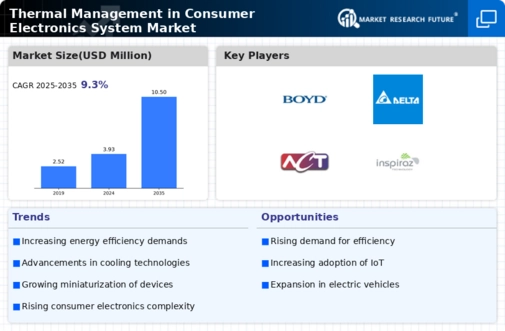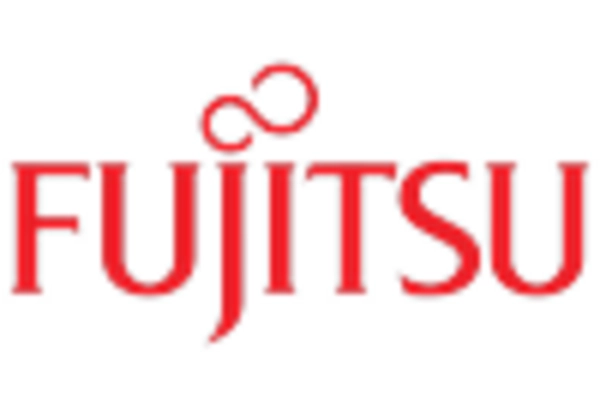Market Share
Thermal Management in Consumer Electronics System Market Share Analysis
The strategies that the Thermal Management sector uses to retain market share and remain competitive also needs to change as per the changing landscape. A highly recognized approach is that of technological innovation, which promotes differentiation. Companies make serious outlay in research and development projects aimed at bringing up new thermal management technologies that increase performance efficiency of consumer electronics equipment. With high-end cooling and heat dispersion technologies, businesses have ways to differentiate themselves from other competitors in the market and attract customers who want the best performance and reliability of their electronic devices. This market differentiation strategy is also a significant contributor in increasing market shares because people would prefer to remain issues solutions as opposed to conventional ones. Cost leadership is another core strategy that forms an integral part of Thermal Management in Consumer Electronics System Market.
There are costs to produce being there are equally affecting consumer pricing make production process seems crucial in this such setting as the company’s focus on economies of scale and operational efficacies. A reduction in the length of time needed for assembly, a shortening of delivery cycles, and the use of efficient materials result in economically attractive approaches to thermal management. The cost leaders can operate on the widest platform of consumer where most consumers want not only effective products but also economical products. This cost-saving approach also takes on added significance in marketplace situations in which price sensitivity is an influencing factor in consumer purchasing decisions. Market segmentation has become an important avenue or strategy of companies within the Thermal Management category. Knowing different consumers have various requirements and preferences, companies customize their thermal management products to fit specific markets.
This strategy provides a solution that addresses the specific thermals of evolving common consumer electronics, including laptops, smartphones gaming consoles, and others. With the help of segmentation structure, by targeting various sub-markets and aligning their products with individual segments to meet their specific demands, companies can ensure a penetration strategy into each niche where they can accumulate market shares. Vital partnerships and alliances are, too. In the Thermal Management area are sharing information about something that is significant too. Because of the significantly intricate temperature control solution for various technologies thermic at times, companies enter strategic partnerships to utilize mutual expertise and resource advantage.
Collaborations can be co- ventures, tissue targeting codes or scientific collaborations. Mere benefits from such merging of companies include speedy process of innovation product development, development of innovative technology skills as well as the overall competitiveness. Strategic alliances, among others, enhance innovations and ensure market growth as well as reaching a new range of customers. Since environmentally sustainable and green solutions are becoming more important, it is crucial in the Thermal Management in Consumer Electronics System Market to highlight them.















Leave a Comment